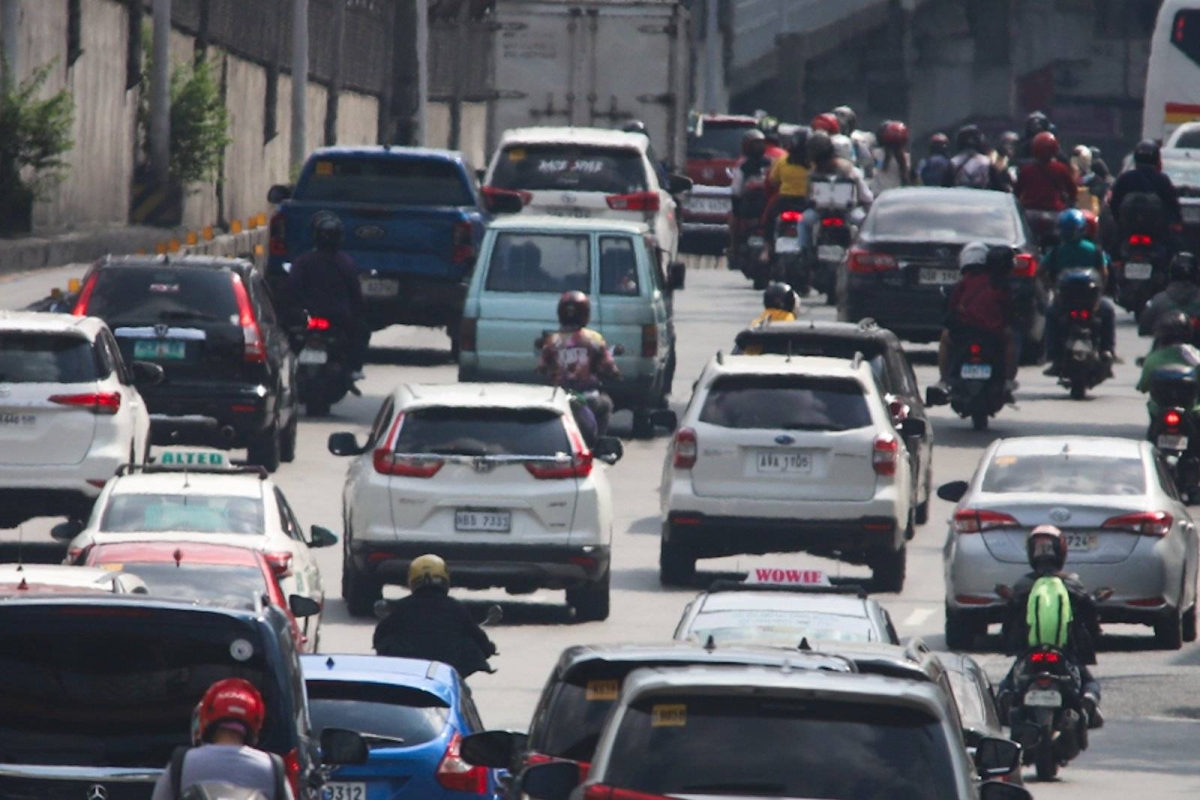Metro Manila, the bustling capital of the Philippines, has recently been ranked as having the worst traffic among major urban centers worldwide in 2023. This disheartening news has prompted the Department of Transportation (DoTr) to take immediate action by pledging to fast-track road projects in the metropolis. Transportation Secretary Jaime Bautista emphasized the need for collaboration with relevant agencies and the private sector to find lasting solutions to the city’s traffic woes.
According to the 2023 Tomtom Traffic Index, it now takes an average of 25 minutes and 30 seconds to drive 10 kilometers in Metro Manila, which is 50 seconds slower than its previous record. This means that motorists in Manila spend a significant amount of time stuck in traffic, with an average of 117 hours wasted each year. To put this into perspective, this time could have been used to read 48 books.
The study also revealed that traffic in Metro Manila is particularly severe on Friday evenings, between 5 p.m. and 6 p.m., when it takes an average of 35 minutes and 30 seconds to drive 10 kilometers. This unfortunate ranking places Manila at the top of the list of 387 metro centers with the worst traffic, surpassing cities like Lima, Peru; Bengaluru, India; Sapporo, Japan; and Bogota, Colombia.
Transportation Secretary Bautista acknowledges the challenges posed by Metro Manila’s top ranking in world traffic. He emphasizes the need for creative solutions not only from the DoTr but also from other agencies involved. The ongoing road transport infrastructure projects aim to improve the commuter experience while addressing the worsening traffic situation in highly urbanized areas.
The Metropolitan Manila Development Authority (MMDA) has also acknowledged the seriousness of the traffic problem in the city. However, they have expressed reservations about the study ranking Metro Manila as the worst in the world in 2023. MMDA Acting Chairman Romando “Don” Artes has raised questions about the methodology employed, the actual count of vehicles, and the timing of the study.
Artes highlights several factors contributing to the worsening traffic, including the increasing number of vehicles, road repairs, illegal parking, ongoing infrastructure projects, the suspension of the No Contact Apprehension Policy, and vehicular accidents. To address these issues, the MMDA is exploring potential solutions such as the proposed EDSA elevated walkways and the construction of subway trains.
In conclusion, Metro Manila’s recent ranking as having the worst traffic in the world has sparked urgency among government agencies to find effective and lasting solutions. The DoTr, in collaboration with other relevant entities and the private sector, is determined to fast-track road projects to alleviate the traffic congestion in the city. While challenges remain, the commitment to improving the commuter experience and addressing the traffic problem is a step in the right direction for Metro Manila’s future.







